 |
| "Colorado Rockies" ©Mary Montague Sikes |
Several years ago, when we visited
Rocky Mountain National Park, I was caught by surprise as I walked along a trail in the snow. It was late June, and I had not expected snow. Obviously, I was younger and more naive. Now, snow, no matter what season, in the Rockies fails to surprise me.
The trees along the trail we followed in the park were green and picturesque. I don't recall the name of the trail, but it parallels the North Fork Colorado River and provides views of unforgettable mountain scenery. The rugged mountain terrain provided me with many photographs and side stories for my book,
Hotels to Remember. We entered the park, which is north of Silver Creek and Highway 34, at the Lake Grand entrance. Visitors to the park this year will find the scenic Trail Ridge Road closed due to floods in 2013. That breathtaking road ascends to 12,183 feet.
Rocky Mountain National Park was established in 1915. More than 300 prehistoric sites have been found there at high elevations, from 8,000 to 13,000 feet. Interesting that this is another area that has been home to a human population for about 10,000 years.
 |
| "Colorado Rockies in the Summer" ©Mary Montague Sikes |
If you plan to visit Rocky Mountain National Park this year, please check ahead of time about closed sections and roads under construction because of flood repairs. According to information on the park website, many bridges inside the park were washed out in the September 2013 floods.

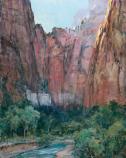
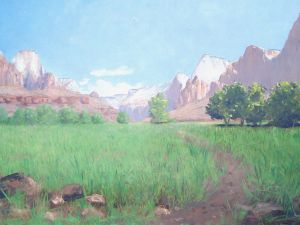
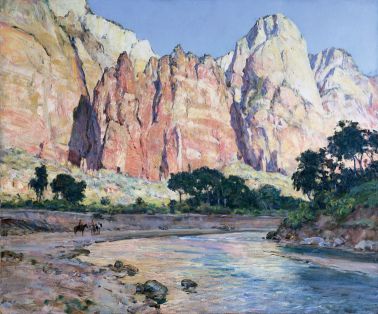

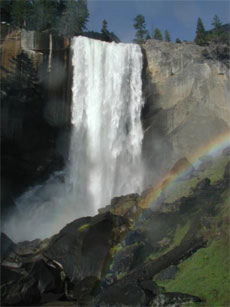


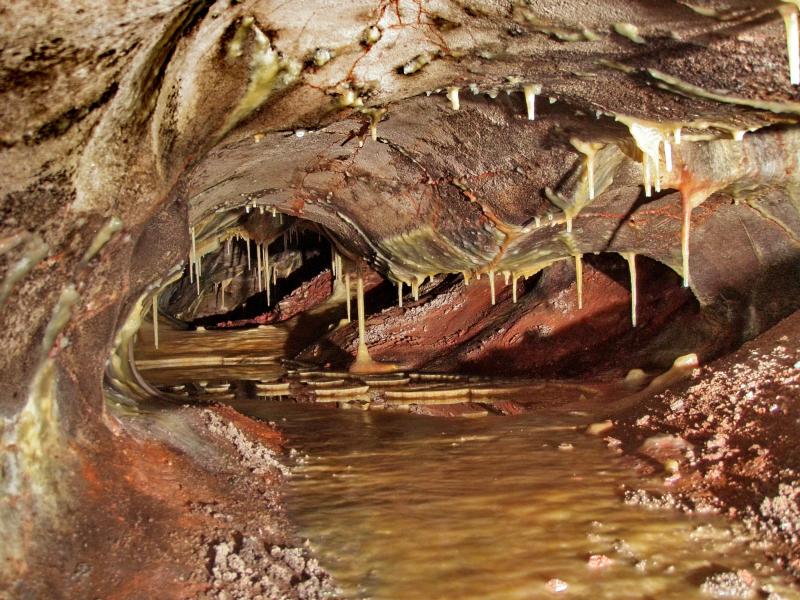

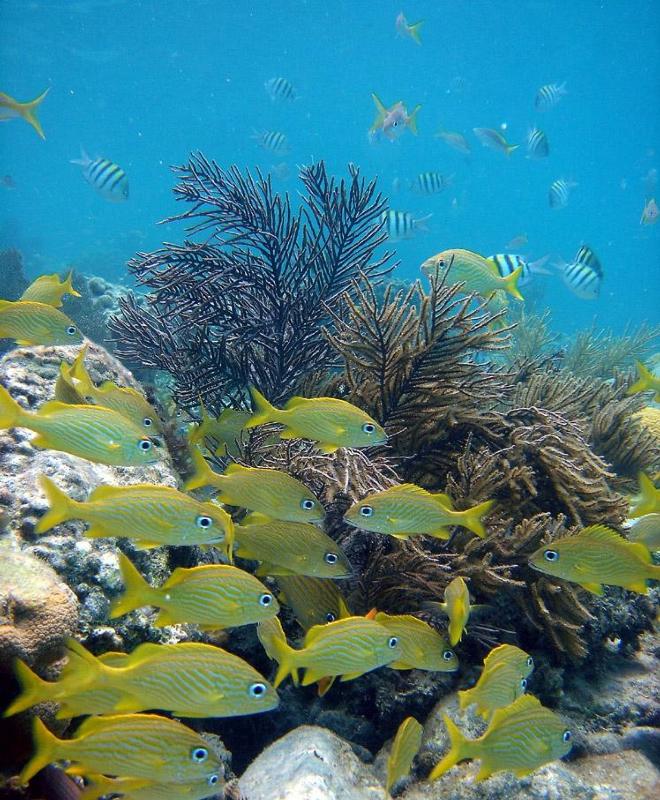





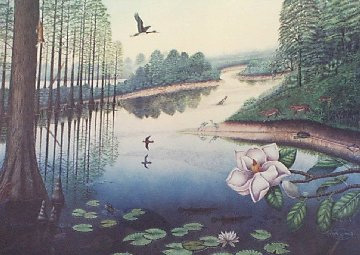
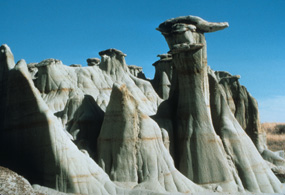








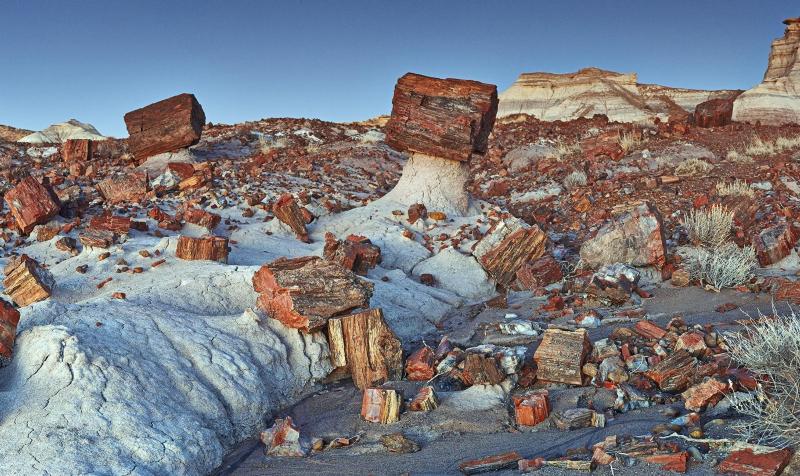


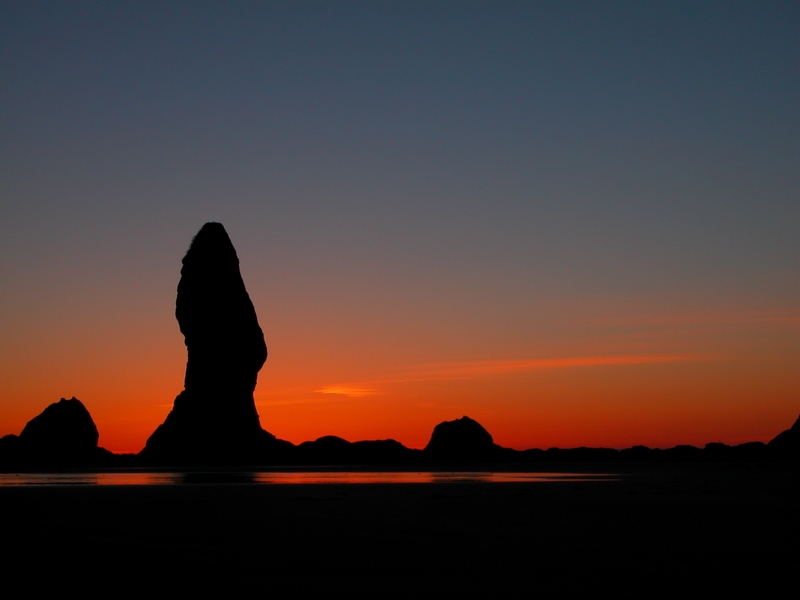

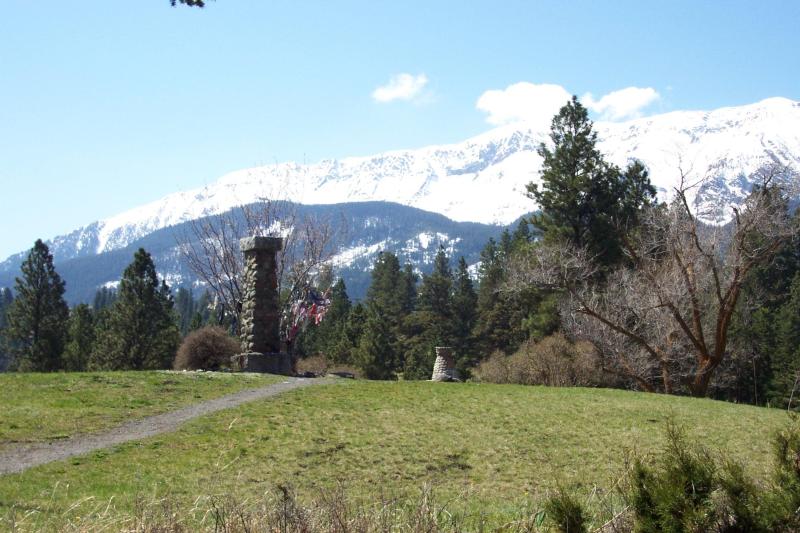

 When we were in Seattle, Washington a few years ago, I was completely captivated by the mystic distant view of Mt. Ranier from the downtown streets. My excitement continued when I was able to take photographs (35mm color slides) of the mountain range from the commercial jetliner as we flew over the area.
When we were in Seattle, Washington a few years ago, I was completely captivated by the mystic distant view of Mt. Ranier from the downtown streets. My excitement continued when I was able to take photographs (35mm color slides) of the mountain range from the commercial jetliner as we flew over the area.













